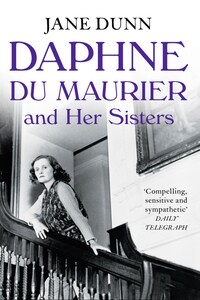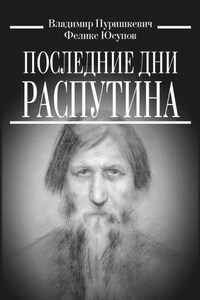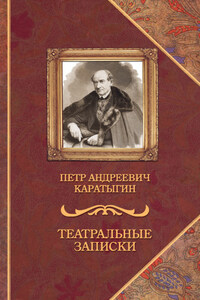âIn the seventeenth century, to be sure, Lewis the Fourteenth [Louis XIV] was a much more important person than Templeâs sweetheart. But death and time equalize all things ⦠The mutual relations of the two sexes seem to us to be at least as important as the mutual relations of any two governments in the world; and a series of letters written by a virtuous, amiable, sensible girl, and intended for the eye of her lover alone, can scarcely fail to throw some light on the relations of the sexes.â
THOMAS BABINGTON MACAULAY, Essays
THE LIVES OF Dorothy Osborne and William Temple are bound together in one of the great love stories of the seventeenth century, with timeless elements that all of us, like Macaulay, recognise and share. But they also offer a personal view of their world. Against a background of civil-war destruction and family power, it is a world of letters and gardens, of friendship and scientific experiment, of international Realpolitik fraught with the treachery of princes. We only know their story because of a terrific piece of good luck. Seventy-seven letters written by Dorothy to William during their long clandestine courtship survive. Throughout we hear Dorothyâs voice, flirtatious, politically canny, philosophical and overflowing with feeling. âLove is a Terrible word,â she wrote to William, âand I should blush to death if anything but a letter accuses me onât.â Into their letters went all the thoughts and emotions too difficult or dangerous to say in person and their honesty and the details of their lives open up a shaft of light on this period, this man, this woman.
Intelligent, eloquent, unalike, Dorothy and William recreate their world through letters, romances and essays in which their humour and humanity dissolve the barriers of time and circumstance to bring them both to life again. What is more, they lived through one of the most eventful centuries of British history, marked with both bloody and peaceful revolutions. The age is illuminated through the contrasting experiences of these two gentry families, the Osbornes indomitably royalist and the Temples more pragmatically parliamentarian â but open to offers. Dorothy and William faced hardships and reversals, resisted family threats and blackmail, and in the end triumphed over all, even the spectre of illness and death, to marry at last. William went on, in the reign of Charles II, to become a fluent and engaging essayist, an innovative gardener and a celebrated diplomat, with Dorothy so actively engaged at his side that she was termed âLady Ambassadressâ.
All this contributes to the appeal of their story. But nothing of their love affair would be known in any detail if these letters had not survived, and it is William, unable to bring himself to destroy them as the lovers had agreed to do, in a desperate attempt to evade detection, who ensures their love a lasting memorial. There was initially a larger hoard, so much so that Dorothy wondered what William meant to do with all her letters, joking he had âenough to load a horseâ. It is possible that the majority were destroyed by a protective granddaughter in the more circumspect eighteenth century. What remain, however, represent the last two years of a six-and-a-half-year courtship and were recognised by William and then his sister Martha as wonderful literary creations, and, even then, worthy of publication. These seventy-seven letters and a few later notes were saved, wrapped in bundles and stored in a special cabinet, still in the possession of the Osborn family.
Over crisp sheets of paper Dorothyâs elegant cursive hand wrote in measured loops and curlicues of everything that mattered to her, from her deepest hopes and feelings to shopping requests and the gossip of the neighbourhood. Letters were the only means of communication between them, and on to paper she and William poured all their pent-up emotion, their covert rebellion against family and the thrill of exploring philosophical and political ideas. These love letters were not only powerful tools of seduction but also revealing of the lovers themselves in the continual ebb and flow of conversation.










